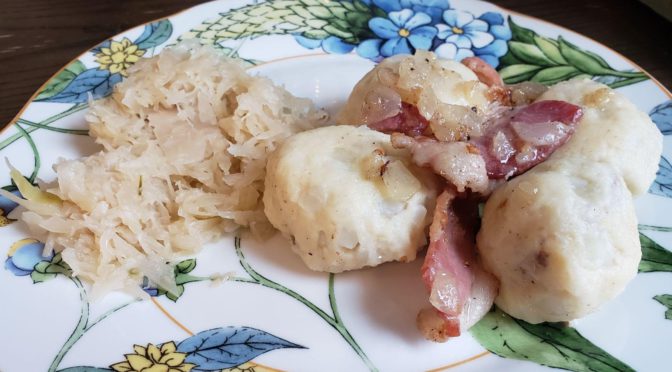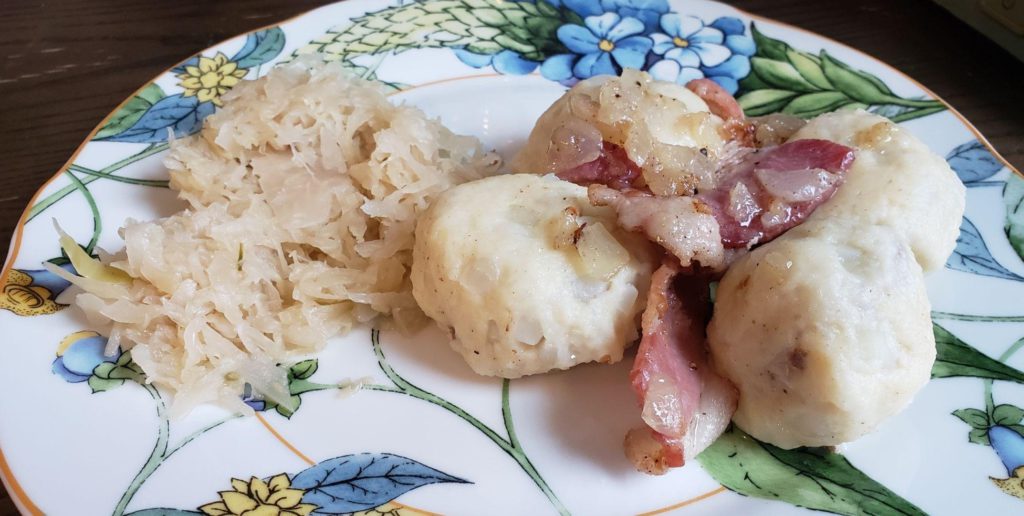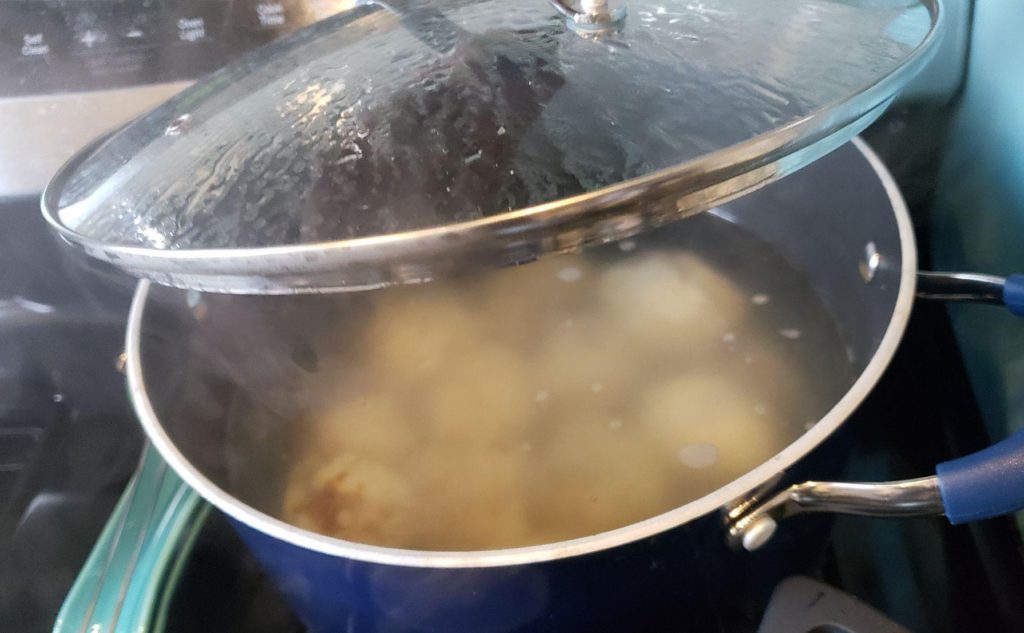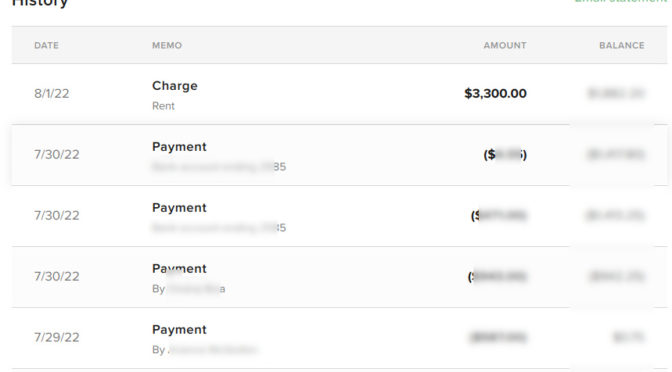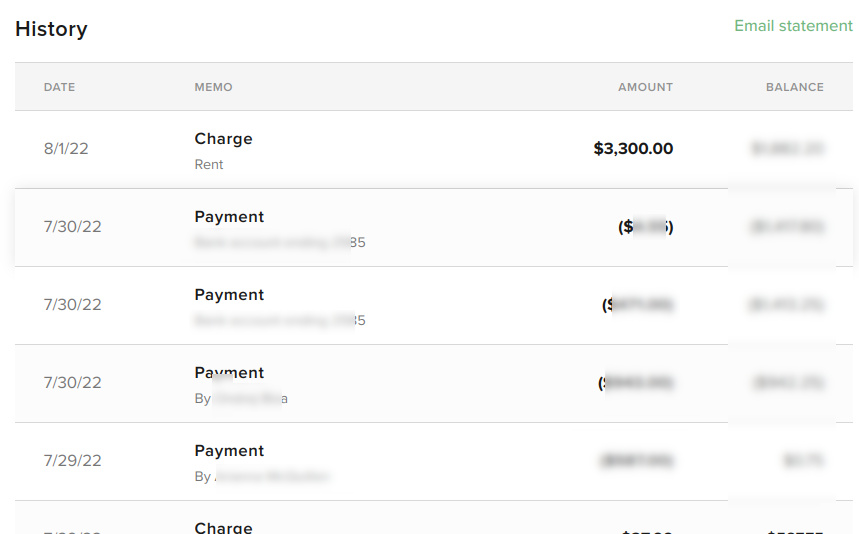wow
okay a lot has happened (i saw the last date was end of july)
went home to GA (took a test 2 or 3 days in), then to a wedding (with ~100 people, almost all unmasked) – had a false positive scare too (expired test, but I did have a known exposure to someone who tested positive two or three days later; the false positive was a sickening feeling of, was I selfish to still go through with this and risk my friend attending as a bridesmaid also, followed by how logistically and expensive it would be to quarantine in NYC), then to NYC to stay with friends (ate in a restaurant without a mask on), then hung out with MITERS folks, then back to MA on a train (managed to sit next to a roboticist even). then shortly thereafter flew to Toronto, where I stayed in a hostel in a 8-bed dorm room, mostly tried to keep n95 on but didn’t manage the first night as I had the comfier but also looser one. then woke up to someone with a wet cough in the room.
so, a lot of aggressive risk taking. I had covid not too long ago and it hadn’t turned out too bad thanks to pax and a less virulent strain. that made me feel more aggressive about risk-taking. and i did miss it. i had a lot of fun eating at a restaurant with a friend and being at a party (oh shoot, need to remember to donate money in my friend’s honor, now that my paycheck is stable again)
—
tumultous times
school started, and somehow everything is a-ok. are there parts that could be better? certainly. but it’s not so bad, and perhaps thinking about what i could have or should be or need to be doing is detracting away from enjoying my present. it has been nice to see faces haven’t seen in a long time. actually less than i expected, but still the feeling is there. (and some movement on old projects / the force sensors, unexpected and coolllll, I guess that is a reason to publish). running services / api’s / websites for people. not just doing side projects
but honestly, after this paper process, feeling like I knew how to make a difference in the past: writing blog posts, emailing people, holding competitions or hackathons, connecting people, sponsoring others, being creative. these are all things I miss in my insecurity of publishing and finding Internships.
being able to pay it forward by treating the UROPs with respect. that has been good. (but somehow, I still haven’t asked for feedback for improving…)
need to clean up my code. but honestly something has changed. I guess I feel less despair now, like caught in an endless rabbit hole with no direction of where to go to get out. just thinking about all the wrong turns i made.
—
had a week straight of 2 or 3 hrs of talking about talking each day, but i fixed an area that was a huge mental energy sink. feeling my executive function come back online as school starts has been a great feeling. continuous small successes in person. interspersed with celebrating roommates leaving/coming back. a weird era for sure. the additional income is a huge energy relief also. just feeling like buying all the snacks i want and not background running calculations. the debt-free responsibility-free life (this income would not be reasonable otherwise). but harvard health insurance is actually worse in many respects. alas
made delicious dumplings with roommate who came back,
then …
roommate got sick the next day, tested positive the day after !
actually it wasn’t so stressful now that i’ve had covid before, except
wow it was a much more virulent strain, sounded awful, swallowing as razors and just too sick to even eat much
but almost felt routine, open up the windows to ventilate, set up the hepa filters, set the fans going, obsessively read about various aspects of the latest variants for a while, bring the masks and hand sanitizer out, close my own door. be paranoid but not too paranoid. test and then run chores to get cold medication and foodstuffs. order more tests. run some weird communication negotiation understanding information sharing probability calculations.
—
Q: ventilation != filtration
from this email newsletter i subscribe to
https://sites.google.com/site/whitneyrobinsonphd/clean-air-1-pager-aug-20-2022?authuser=0
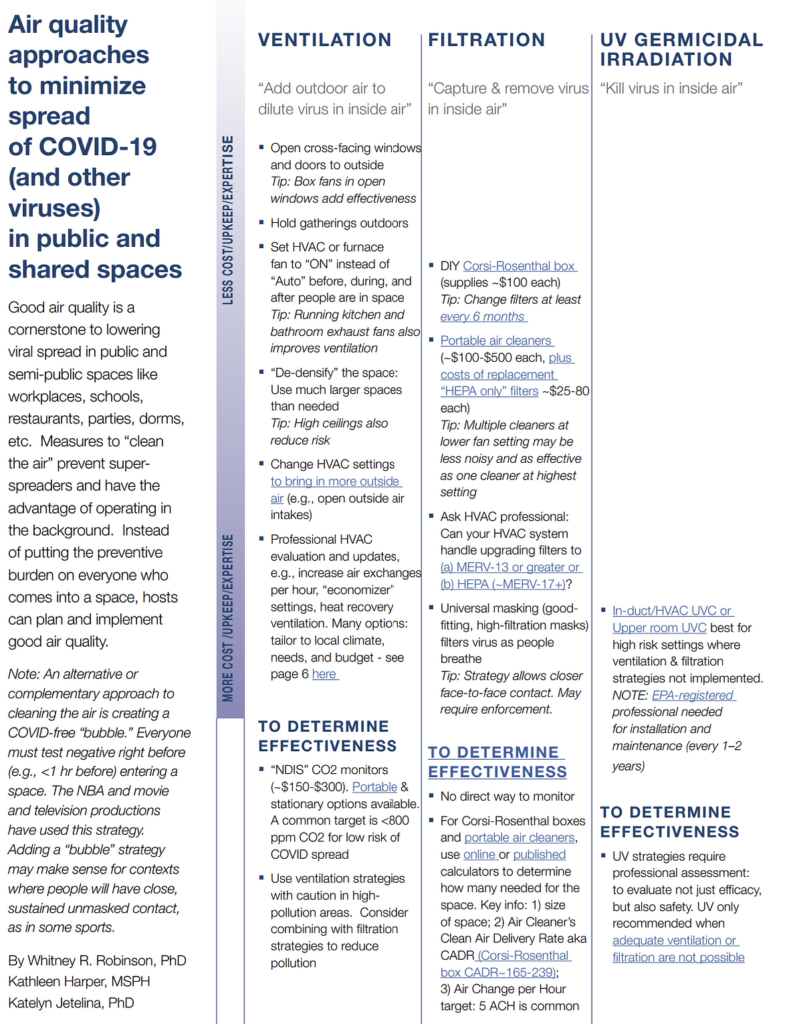
(Got on a tangent trying to re-find the corsi-rosenthal diy filter, which is just box fan + two home furnace filters + duct tape)
Image source: https://en.wikipedia.org/wiki/Corsi%E2%80%93Rosenthal_Box
—
Q: what direction to point fans?
“When you are inside, open windows or doors whenever possible… The use of ceiling fans can improve the circulation of air from outside and avoid pockets of stagnant air forming indoors. However, it is important to bring in air from the outside by opening windows when using a ceiling fan.” https://www.who.int/news-room/questions-and-answers/item/coronavirus-disease-covid-19-ventilation-and-air-conditioning
https://www.cdc.gov/coronavirus/2019-ncov/prevent-getting-sick/Improving-Ventilation-Home.html

—
Q: if your roommate is still testing positive when is estimate of time to them not being infectious
It looks like (on average) infectious ends around day 8 (we’re at day 9, if day 0 is Tuesday), based on attempting to culture live virus from samples
Studies using viral cultures show that, although patients can remain RNA-positive for weeks after symptom onset, live virus cannot be cultured from specimens collected later than 9 days after symptom onset, suggesting that the mean period of infectiousness and risk of transmission could be restricted to the period between 2 and 3 days before and 8 days after symptom onset. RNA-positive culture-negative samples could represent the detection of genomic fragments rather than an actively replicating virus.
Dec 2021 from https://www.thelancet.com/article/S0140-6736(21)02346-1/fulltext (also the image src) (CDC says you can def exit isolation by now (fever free 24 hrs), and can unmask around other after two negative tests 2 days apart)

—
mostly missed hanging out in common areas and eating chips, shooting the breeze
but anyway, roommate then tested negative, so all that calculation to questionable use, but was interesting to see the latest (or at least more recent) science
but was extremely sobering to see how sick my roommate got
—
quals are scheduled, my advisor joked to my collaborators that i’d have a phd at the end of the semester, so … i guess time to kick my butt into gear !

